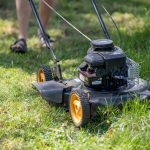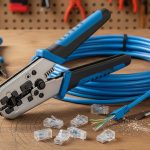A generator is more than just a piece of equipment; it’s a lifeline. Whether you rely on it for power during an outage, for essential tools on a remote job site, or for comfort on a camping trip, its value is immense. Unfortunately, its portability and resale value make it a prime target for thieves. The sudden loss of your generator can be financially damaging and leave you vulnerable when you need power the most. The professional, conversational, and natural style of this guide aims to equip you with actionable strategies.
This comprehensive guide dives deep into practical, multi-layered strategies and tips for securing your generator against theft. We’ll move beyond simple chain locks, exploring everything from strategic placement to cutting-edge technology, ensuring your investment is protected 24/7. By implementing these measures, you can significantly reduce your risk and gain peace of mind. Therefore, it is essential to consider security from all angles.
The High Cost of Generator Theft
Before we explore the solutions, it’s important to understand the scope of the problem. Generator theft is a widespread issue affecting homeowners, contractors, and outdoor enthusiasts alike. Thieves often target construction sites, rural properties, and even residential garages because these are areas where generators are commonly left unattended. The cost isn’t just the price of replacement; it includes lost productivity, unexpected downtime, the loss of refrigerated goods during an outage, and the hassle of filing police reports and insurance claims. Furthermore, replacing a specialized industrial generator can take time, further impacting business operations.
Consequently, proactive prevention is vastly superior to post-theft recovery. Let’s start with the fundamental physical deterrents.
Phase 1: Physical Security – Making the Generator Immovable
The first and most effective line of defense involves making the generator as difficult as possible to move. A thief’s greatest enemy is time and effort. The more friction you create, the higher the chance they will abandon the attempt. These physical solutions are often the best primary deterrents.
1. Anchor It Down with Heavy-Duty Chains and Cables
Forget the flimsy hardware store chains. To truly deter theft, you need a hardened steel chain (look for square or hexagonal links, as they are harder to cut with bolt cutters) paired with a high-security, shackle-protected padlock. Loop the chain through the generator’s frame and anchor it to a permanent, immovable object. This could be a concrete post, a substantial tree, or a dedicated ground anchor cemented into the slab. Always ensure the chain is pulled taut, which minimizes the space a thief has to maneuver tools.
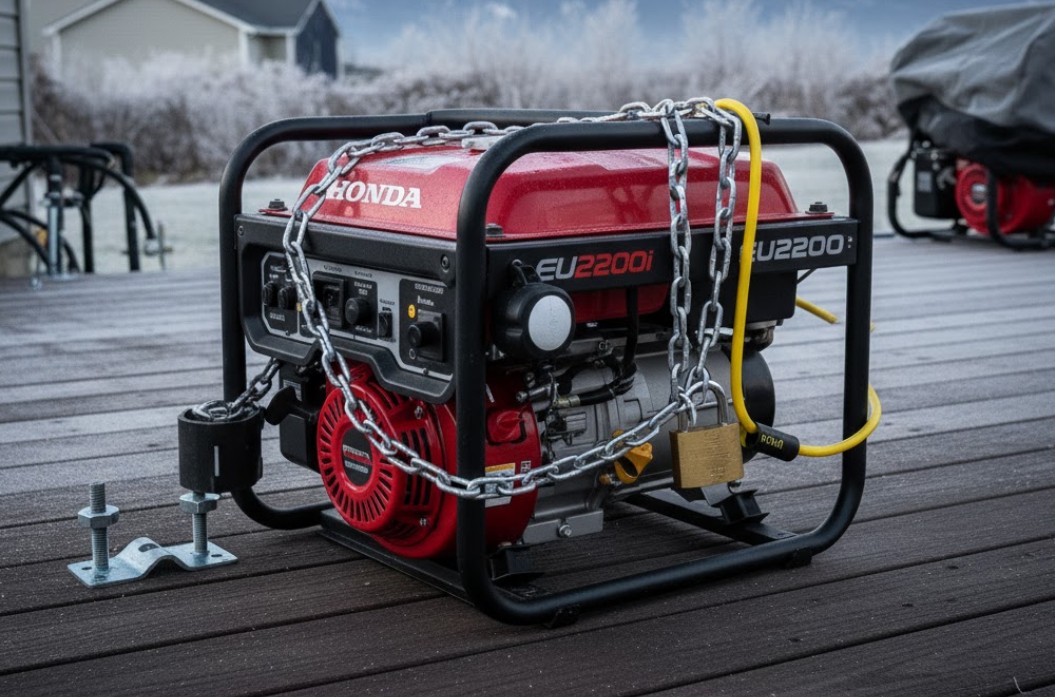
Choosing the Right Anchor Point
If you regularly use your generator in a specific spot, installing a steel ground anchor cemented into a concrete pad is the gold standard. These anchors are virtually impossible to remove without specialized demolition equipment. For portable use, anchoring to a vehicle frame or a fixed, heavy trailer can be an adequate temporary solution. Remember that the chain is only as strong as the object it is attached to; never anchor to anything easily detached or cut.
2. Use a Generator Security Cage or Enclosure
A robust, steel security cage is an excellent deterrent, particularly for stationary units or on job sites. These cages fully enclose the generator, often bolting to the ground, and only allow access for operation via small openings. This solution not only secures the unit but also provides some protection from the elements. Furthermore, consider placement; strategic positioning can aid security, a concept detailed further in guides on generator placement. For maximum security, the cage itself should be secured with internal hinges and heavy-duty padlocks.
3. Remove the Wheels (For Stationary Use)
While seemingly simple, this is one of the most effective non-technology-based tips for securing your generator against theft. If your generator is primarily used as a backup for your home, removing the wheels drastically increases its weight and bulk, making it nearly impossible for one or even two people to quickly roll it away. This simple step forces a thief to lift the entire unit onto a dolly or vehicle, adding considerable time and risk to their operation. This tactic is especially useful for larger, heavier models.
Phase 2: Location and Visibility Deterrents
The environment in which your generator is stored or operated plays a crucial role in its security profile. Sometimes, being out of sight is safer, and other times, high visibility is the best defense. Striking the right balance is key to optimal security.
4. Strategic Concealment and Storage
When not in use, the best place for your generator is inside a locked garage, shed, or storage unit. Out of sight, out of mind is a powerful deterrent against opportunistic theft. If storing it outdoors is unavoidable, use opaque, nondescript covers that don’t advertise the valuable item underneath. However, during operation, always remember the crucial importance of proper ventilation for generators to prevent deadly carbon monoxide buildup. Never sacrifice safety for security by running a generator inside an enclosed space.
5. Effective Lighting and Surveillance
Thieves prefer to operate under the cover of darkness and seclusion. Installing motion-activated floodlights around your generator’s operating area is a relatively inexpensive but highly effective security measure. Sudden, bright light is a powerful deterrent. Combine this with security cameras—even affordable dummy cameras—to create the impression of constant surveillance. High-definition cameras can capture crucial evidence if an attempt is made, and modern wireless cameras can send immediate alerts to your smartphone.
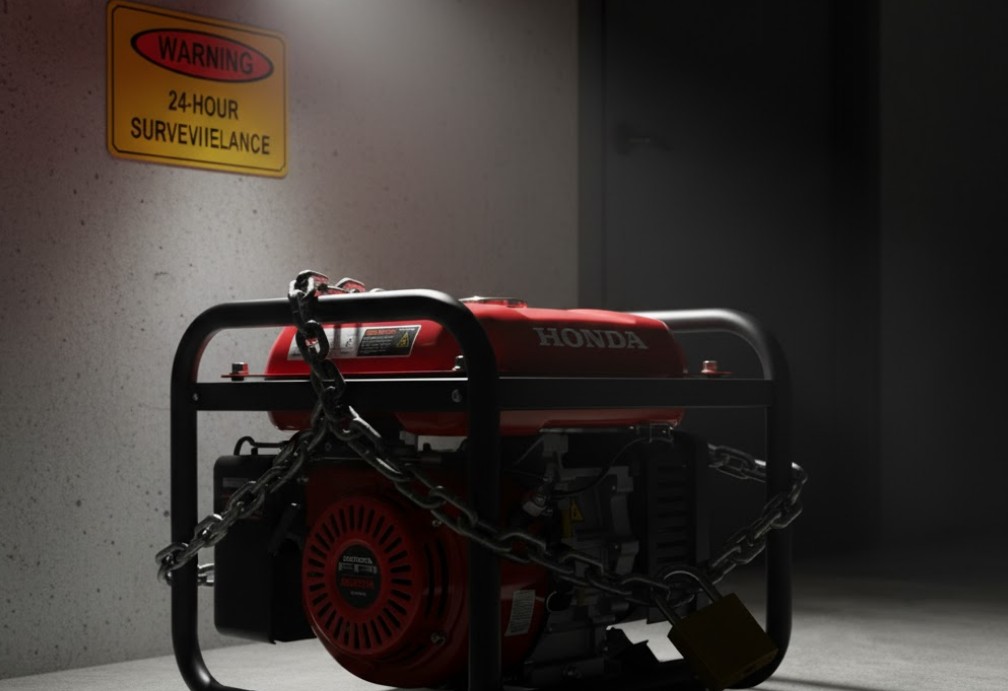
6. Utilizing the Power of Noise
If your generator is already one of the best quietest portable generators, you might unintentionally be aiding a thief’s stealth. Conversely, if you are operating a louder unit, the noise can be a deterrent as it draws attention. For added security, consider placing the generator near an area with pedestrian or vehicle traffic where an attempted theft would be easily noticed, though this must always be balanced with the need to minimize nuisance noise. This awareness is another layer in your security plan.
Phase 3: Technological and Advanced Security Solutions
Physical locks and good placement form the foundation, but modern technology provides powerful, proactive, and reactive tools to prevent theft and aid in recovery. These tools are the essential “safety net” for high-value equipment.
7. Install a Dedicated GPS Tracking Device
This is arguably the single most effective way to recover a stolen generator. A small, self-contained GPS tracker can be hidden inside the generator’s casing. If the generator is moved from its geofence (a virtual perimeter you set), you receive an immediate alert. You can then track its location in real-time for law enforcement. To learn more about implementation, you can read about how to use a portable GPS tracking device system effectively. This provides a crucial piece of evidence and can significantly speed up the recovery process.
Choosing a Covert GPS Tracker
It’s vital to choose a model that is rugged, has a long-lasting internal battery, and is small enough to be covertly installed. A visible tracker is simply an invitation for a thief to remove it. Furthermore, consider a tracker that uses both GPS and cellular triangulation to ensure coverage even in remote areas.
8. Generator Alarms and Motion Sensors
Standalone motion-sensing alarms that attach directly to the generator or security enclosure can emit a piercing siren if the unit is moved or disturbed. Some advanced models can even integrate with home security systems, sending an alert directly to your phone. The goal is to create an immediate, loud disturbance that forces the thief to flee instantly. Look for alarms with tamper-proof casings and adjustable sensitivity settings to prevent false alarms.
9. Remove Critical Components
If you’re leaving your generator unattended for a long period, consider making it temporarily non-functional. Removing the spark plug, disconnecting the battery (on electric start models), or draining the fuel tank are simple steps. A thief looking for a quick getaway won’t waste time troubleshooting a non-starting engine. You are essentially adding a ‘kill switch’ step to your security protocol. For a more sophisticated approach, install a hidden battery cut-off switch.
Phase 4: Administrative and Branding Deterrents
Sometimes, the best deterrent is a measure that makes the stolen item less desirable or easier to identify and trace. These administrative steps are crucial for making recovery possible.
10. Permanent Identification Marking (Engraving)
Use an electric engraver to permanently etch identifying information—like your driver’s license number, company name, or a unique ID—onto several non-removable parts of the generator, including the frame and the engine block. This acts as a clear mark of ownership and makes the item harder to sell through legitimate secondary markets. Thieves often avoid items that are clearly marked because of the increased risk of being caught with stolen goods.
11. Registering the Serial Number
Always keep a detailed record of your generator’s make, model, and, most importantly, its serial number. Register this information with local police if they offer a property registration program, and with your insurance company. If the generator is recovered or turns up at a pawn shop, this registration is the easiest way for law enforcement to confirm your ownership and prosecute the thief. Take clear, high-resolution photographs of the serial number plate and the entire unit.
12. Insurance and Documentation
While insurance doesn’t prevent theft, it mitigates the financial loss. Verify that your homeowner’s or business insurance policy explicitly covers the replacement cost of your generator, whether it’s on your property or at a remote job site. If you use the generator professionally, ensure your business policy covers loss of equipment. Always keep purchase receipts and maintenance records in a secure, separate location (like a cloud drive) to expedite any insurance claim.
Phase 5: Operational and Site Security
Securing a generator often involves securing the environment around it. These final tips focus on best practices for operation and maintaining overall site awareness, which are crucial for long-term security.
13. Creating a “Security Sandwich” (Layered Protection)
The most effective strategy is a layered one, what we call the “Security Sandwich.” This means combining physical, visibility, and technological layers. For example: Anchor it with a heavy chain (Physical) + Surround it with motion-activated lighting (Visibility) + Install it with a hidden GPS tracker (Technological). Each layer acts as a backup for the others, making the overall security system exponentially stronger. A thief must bypass all three layers to succeed.
14. Secure Fuel Storage
While securing the generator, don’t overlook its fuel supply. Fuel cans themselves are valuable and can be used for the theft. Store all flammable liquids, especially the fuel for your generator, in a separate, locked, fire-resistant cabinet or shed. Not only does this reduce the fire risk, but it ensures that a thief cannot easily refuel your generator if they steal it, further hindering their escape.
15. Training and Awareness for Site Teams
If the generator is used on a construction site or by multiple employees, the human element is the weakest link. Institute clear, written security protocols. Train all personnel on how to properly secure the unit at the end of the day, how to identify suspicious activity, and the procedure for reporting a theft. Post clear signage indicating that all equipment, including the portable generator, is GPS tracked. This awareness training makes the entire operation less vulnerable.
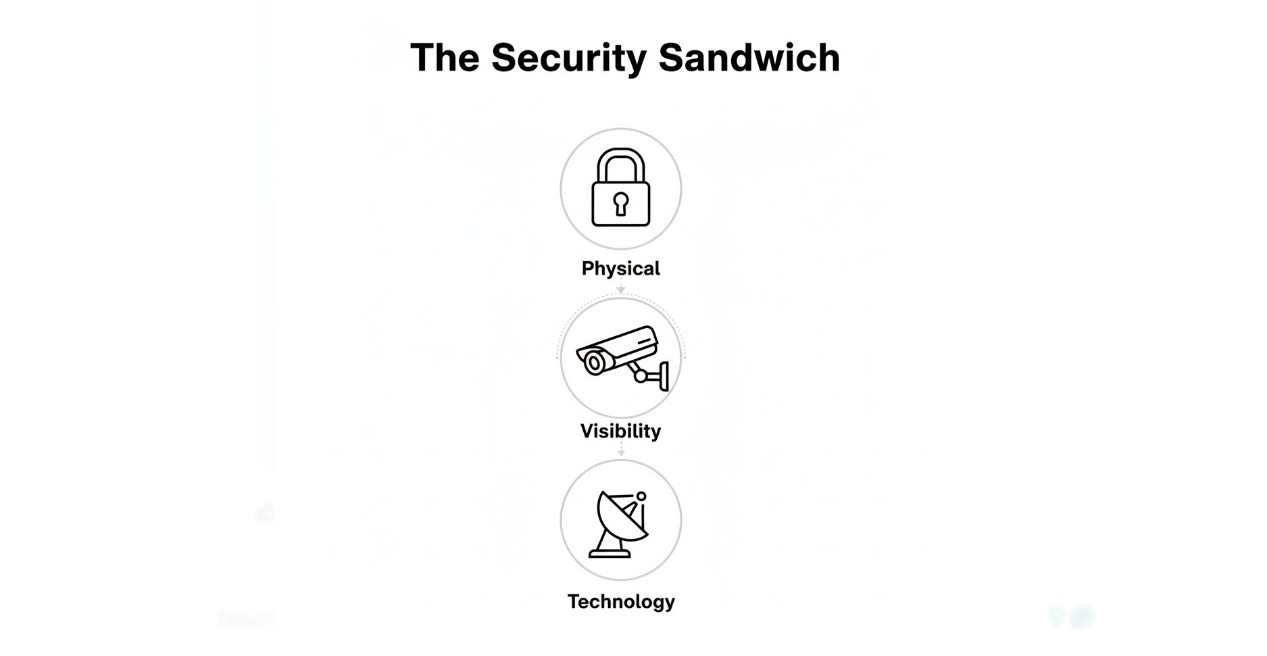
Final Thoughts
Protecting your generator is not about choosing one single solution; it’s about building a layered defense. A heavy chain stops an opportunistic thief, a security cage deters a prepared one, and a GPS tracker ensures recovery from a determined one. By implementing a combination of these practical and technical measures, you create so much friction that your generator becomes too high-risk and too much effort for any potential thief to bother with. This guide has provided you with the detailed knowledge necessary to fortify your asset.
Take the time today to assess your current setup and implement these tips for securing your generator against theft. Your investment—and your peace of mind—is absolutely worth the effort. By thinking like a security professional and leveraging both old-school muscle and modern technology, you can ensure your power source is always there when you need it most.
Amranul is a highly experienced product review writer with a passion for helping readers make smart, informed purchasing decisions. Since 2018, he has specialized in thoroughly researching and analyzing a wide range of products to deliver honest, in-depth reviews. Amranul combines technical accuracy with clear, engaging writing to break down complex product features and highlight true user value. Look for his reviews to find reliable information and expert insights you can trust before you buy!


